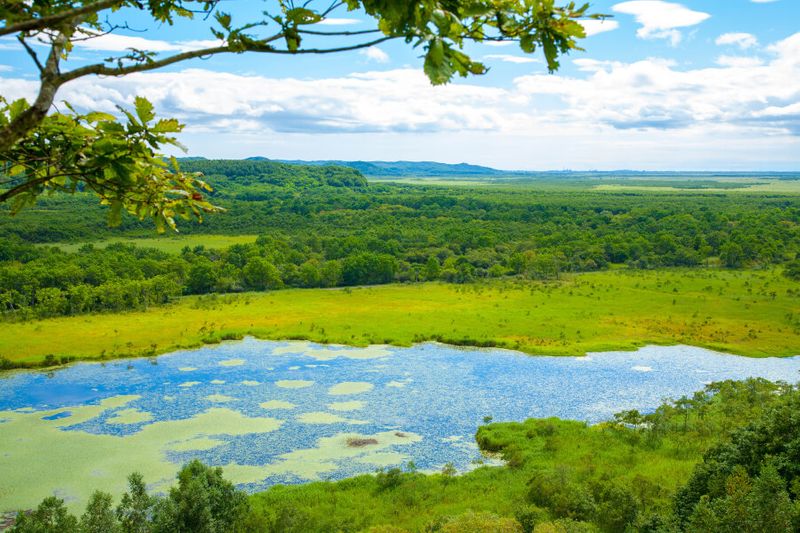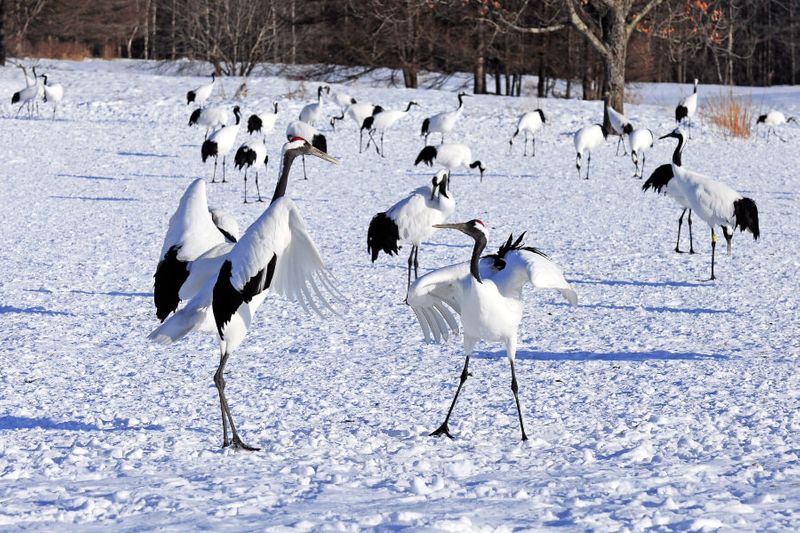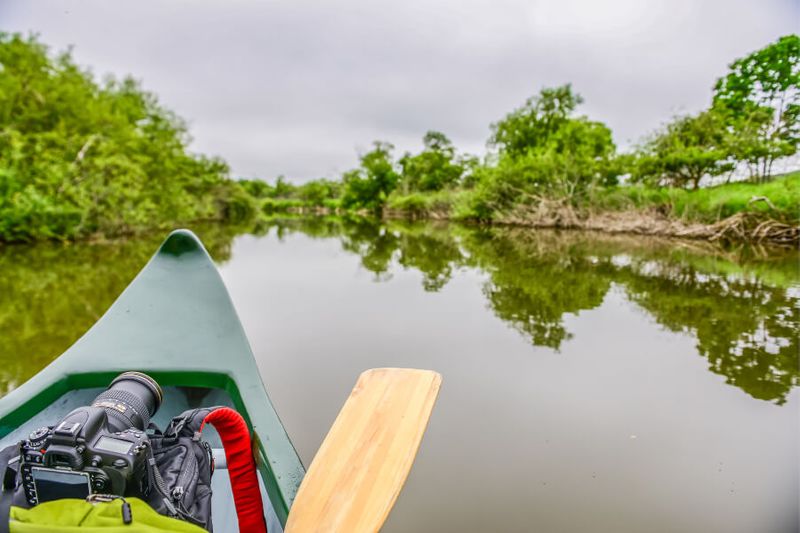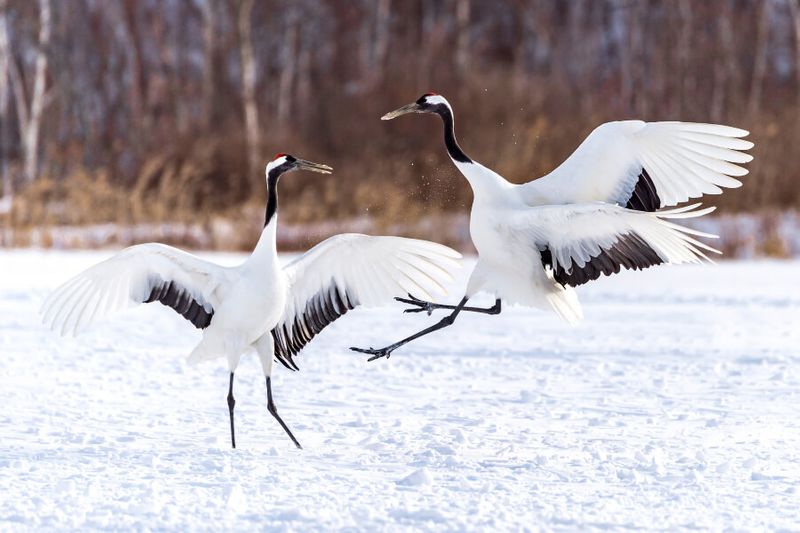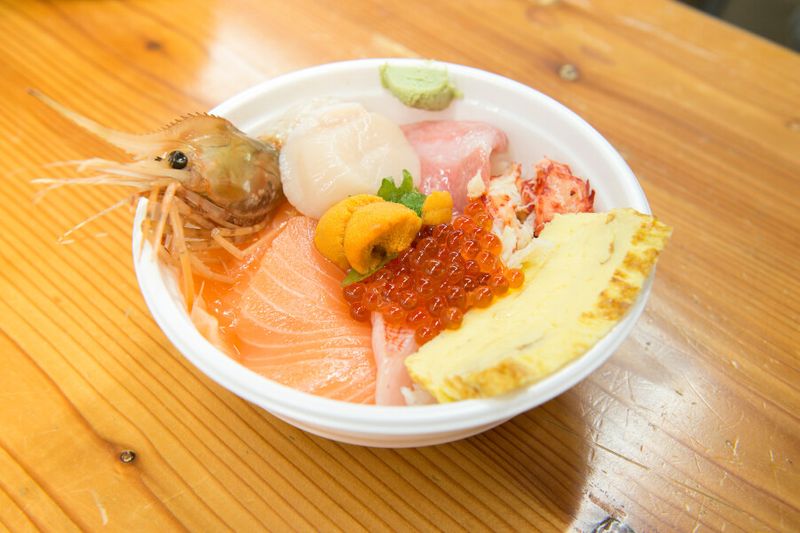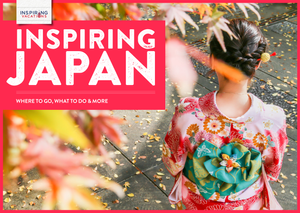Surrounding the northern city of Kushiro is Japan’s largest marshland—Kushiro Shitsugen. It is here that the incredibly rare Japanese red-crowned crane known as tancho, calls home.
The vast wetlands on Hokkaido became a national park in 1987 to preserve the habitat of Japan’s only known population of endangered tancho.
The tancho were thought to have been hunted to extinction in Japan and thanks to habitat destruction the rare birds could no longer be found in their native country. But in 1926 a group of 20 cranes were found in the marshes around Kushiro and efforts to conserve these magnificent birds were undertaken.
Today more than 1,000 birds are thought to nest in Kushiro Shitsugen, and visitors from around the world come to try to catch a glimpse of these flamboyant birds. The red-crowned cranes are snow white, with black legs, black wingtips and necks, and a bright crimson head, from where their name comes from. The birds famously provide their admirers with what looks like a perfectly choreographed dance routine—tangoing together in pairs.
Although the tancho can be observed all year round, it is during the winter months that sees hundreds of photographers descend on the area in a bid to try to capture the dancing birds in their natural habitat with a snowy backdrop. They gather at feeding sites across the national park that can be accessed by walking trails or, for the more adventurous, via distributaries of the Kushiro River by kayak or canoe.
A loop from the city around the marshlands takes in a number of different feeding grounds and observation points. Nearest the city is the Kushiro Shitsugen Viewpoint, reached by a wheelchair-friendly boardwalk path from the Kushiro City Marsh Observatory. Several daily feedings here almost guarantee a view of the birds from the comfort of a warm building that also has a small restaurant.
Further north is the Akan International Crane Centre, where a decent museum is found with exhibits on the marshland and the recent history of crane preservation. The breeding centre and sanctuary here ensure that cranes can be seen here all year round. The adjoining Tancho Observation Centre is one of a number of winter feeding grounds and viewpoints that give ornithologists a higher chance of spotting one of the stunning birds.
Heading east, cranes can be spotted by the Tsurui Ito Tancho Sanctuary and Tsurumidai feeding ground in evenings as the bird come to roost in the safety and warmth of the nearby river. As the day draws to a close the Hosooka Viewpoint on the eastern edge of the park, is especially beautiful at sunset.
Whilst the main reason for a visit to Kushiro is the marshlands, the town itself is a pleasant surprise. Restaurants sell fantastic fresh seafood and the vast Kushiro Washo Market has all kinds of fresh fish on offer. The speciality is kattedon, a bowl of rice which then stall holders top with small portions of different seafood. Much quieter and less touristy than its southern counterparts, Kushiro Washo Market is a great way to experience a traditional Japanese seafood market without the crowds.
